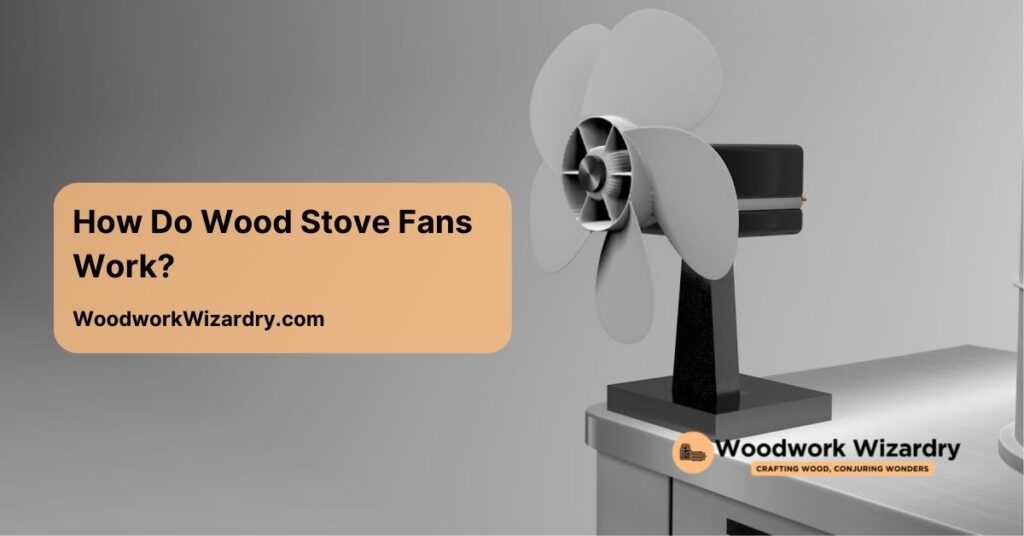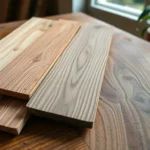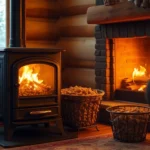Imagine transforming your wood stove into a more efficient heat source without using extra electricity. That’s exactly what a wood stove fan does—it maximizes warmth, saves energy, and enhances comfort in your home. If you’ve ever wondered how this small yet powerful device works its magic, you’re in for a treat.
Wood stove fans aren’t just clever gadgets; they’re game-changers for anyone relying on a stove for heating. By circulating warm air throughout your space, they eliminate cold spots and help you get the most out of your fire. But how do they do it without any cords or batteries? The answer lies in some fascinating science that makes them both eco-friendly and effective.
Understanding how these fans operate can help you choose the right one and unlock their full potential. Ready to uncover the secrets behind this innovative tool? Let’s immerse.
What Is A Wood Stove Fan?
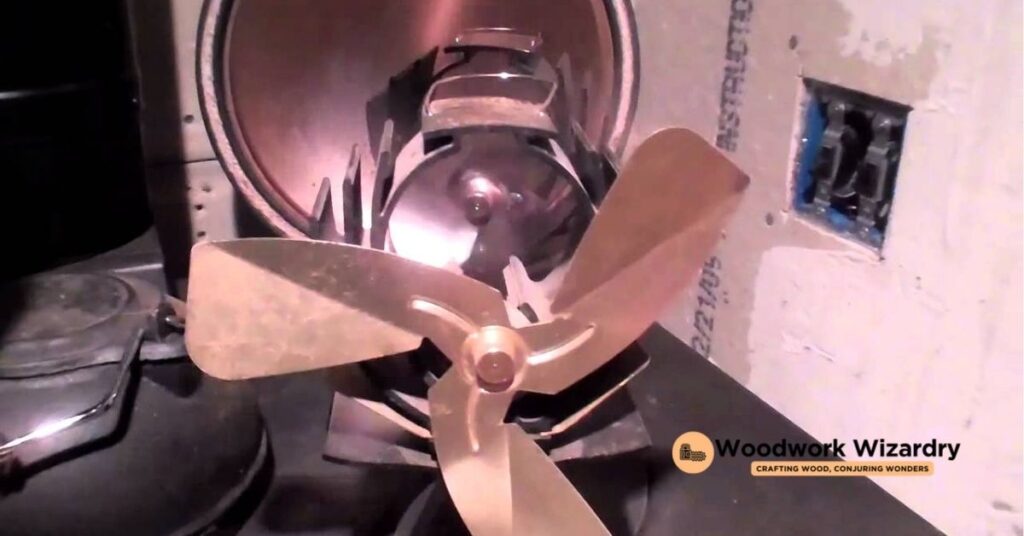
A wood stove fan is a device designed to improve the efficiency of your wood stove by distributing heat evenly across your room. It relies on the heat generated by the stove itself to power its operation. Unlike traditional electric fans, these fans use thermoelectric technology to function without external power sources.
Heat from the stove is converted into electricity through a thermoelectric module embedded in the fan. This electricity drives the fan blades, spreading warm air quickly and effectively. As a result, your space feels more comfortable without increasing energy consumption.
Most wood stove fans are compact, sitting directly on top of the stove. Materials like aluminum are commonly used for their durability and heat-conducting properties. With lightweight and efficient designs, these fans enhance your heating experience without requiring additional installations or components.
The Science Behind Wood Stove Fans
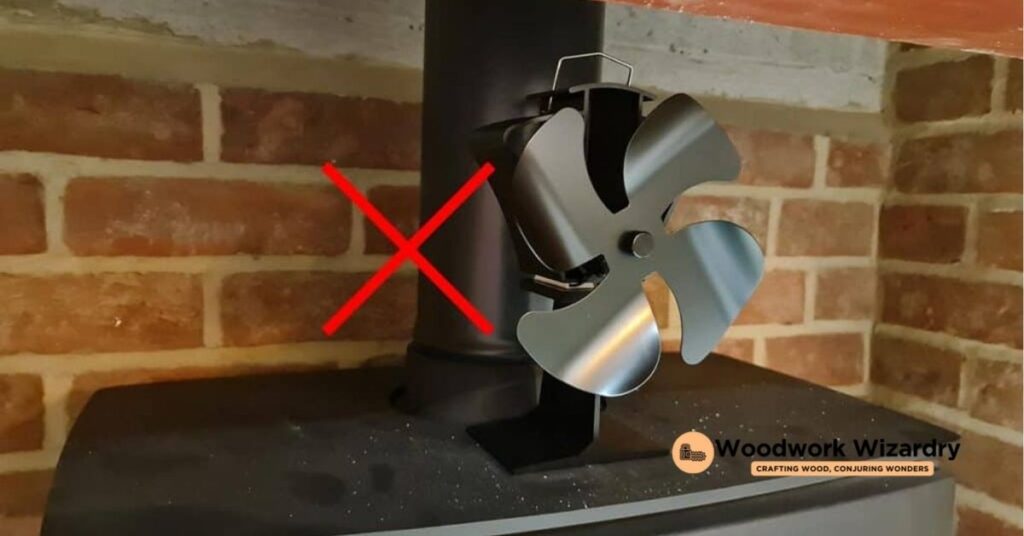
Wood stove fans use innovative principles to improve heat distribution in your space. Their operation depends on thermoelectric technology and temperature dynamics to function efficiently.
How Heat Powered Fans Work
Heat powered fans operate by harnessing energy from your wood stove. These fans draw heat from the stove’s surface, converting it into mechanical energy to rotate the blades. Movement of the fan blades circulates warm air, ensuring it spreads evenly throughout your room. A heat powered design eliminates the need for batteries or external power sources, making it a self-sustaining system.
The Role Of Thermoelectric Generators
Thermoelectric generators (TEGs) are key to the functioning of wood stove fans. They transform heat energy into electricity through a combination of thermoelectric materials and heat differentials. When TEGs receive heat on one side and stay cooler on the other, an electric charge flows through the circuit, powering the fan’s motor. This process uses the stove’s natural heat output to enable seamless fan movement without extra energy consumption.
Importance Of Temperature Differences
Temperature differences drive the efficiency of wood stove fans. Optimal operation requires a important contrast between the stove’s hot surface and the fan’s cooler upper sections. A larger thermal gradient generates more electricity, resulting in faster blade rotation and improved air circulation. Placing the fan on a hot, flat stove surface and ensuring adequate room airflow maintain effective temperature variances for reliable performance.
Types Of Wood Stove Fans
Wood stove fans come in different models to suit varying preferences and heating needs. Understanding their distinctions helps you select the right fan for your setup.
Blade vs. Bladeless Models
Blade models feature visible rotating blades that actively circulate air. These fans are common for small-to-medium spaces due to their straightforward design and efficient air movement.
Bladeless models use innovative airflow channels to distribute warm air, offering a quieter and safer alternative. They’re ideal if you prefer minimal noise or if safety around children and pets is a concern.
Two-Blade vs. Four-Blade Fans
Two-blade fans are efficient for smaller rooms where moderate heat distribution is sufficient. They often provide quicker startup as fewer blades reduce the fan’s weight.
Four-blade fans deliver more airflow and are suited for larger rooms or open spaces. Opt for these if you want better coverage and stronger airflow in expansive areas.
Benefits Of Using Wood Stove Fans
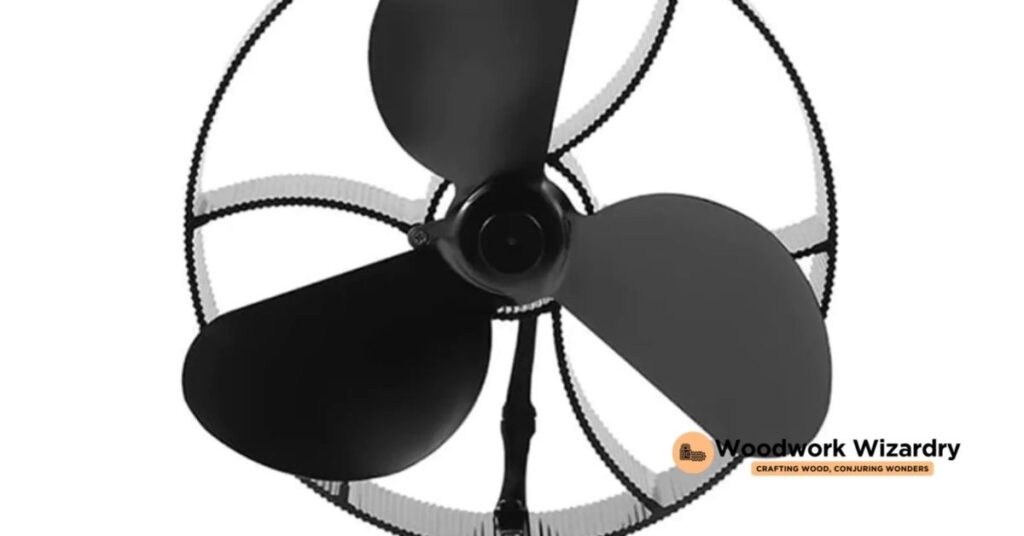
A wood stove fan enhances the overall efficiency and comfort of your wood stove system. By circulating warm air more effectively, it transforms heating performance while minimizing energy waste.
Improved Heat Distribution
Warm air circulates evenly in your room with the use of a wood stove fan. This eliminates cold spots in your space, creating a consistent and comfortable temperature. Without relying on external power sources, these fans move heat from the stove to distant corners, improving coverage in larger rooms. Both blade and bladeless models contribute to this process, with four-blade options excelling in distributing heat across expansive areas.
Energy Efficiency And Cost Savings
Wood stove fans reduce energy consumption by utilizing thermoelectric technology to power themselves. This technology converts heat from the stove into electricity, operating the fan without increasing electricity usage. By maximizing heat output from your existing wood stove, you’ll burn less wood, lowering fuel costs. Compact designs made of durable materials further enhance their cost-effectiveness, since they require no additional installations or maintenance over time.
How To Use And Maintain A Wood Stove Fan
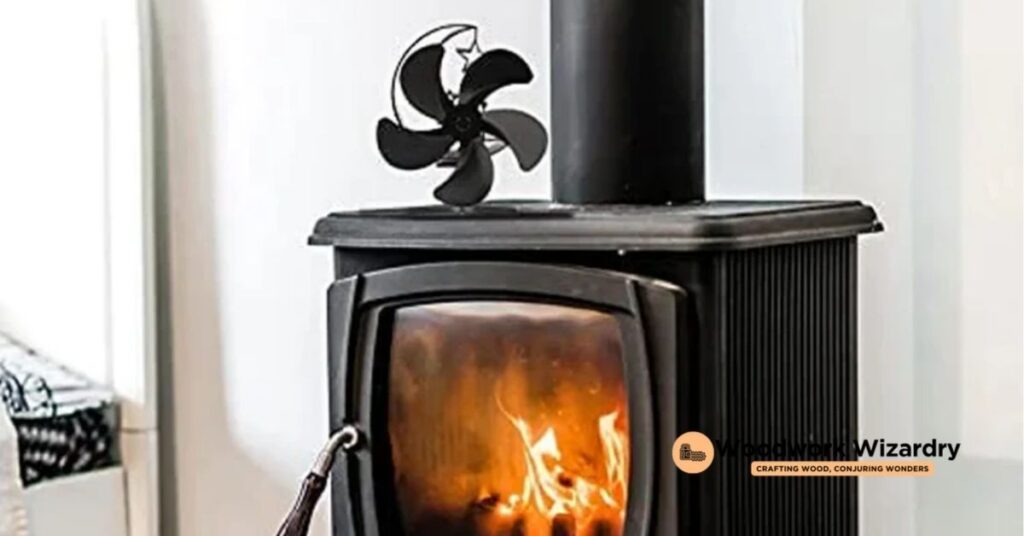
Efficient use and proper maintenance ensure your wood stove fan delivers consistent performance. Consider placement, cleaning, and upkeep to optimize its functionality.
Proper Placement For Optimal Performance
Positioning the fan correctly is critical for an even distribution of heat. Place it on a flat, stable surface near the back of your stove, where the temperature is moderate but consistent. Avoid putting it too close to the chimney or over excessively hot areas, as extreme heat may damage the thermoelectric components. Ensure the fan is exposed to sufficient heat to activate its thermoelectric generator for optimal functionality. Keep the space around the fan clear of obstructions like stove tools or decorative items, which can interfere with air circulation.
Cleaning And Maintenance Tips
Regular cleaning prevents dust and debris from hindering the fan’s performance. Let the fan cool completely before starting any maintenance to avoid burns. Use a dry or slightly damp cloth to wipe the blades and housing, ensuring no moisture enters the internal components. Check for any dirt or buildup near the motor or thermoelectric generator and gently remove it with a soft brush. Inspect the fan regularly for loose screws or parts, tightening them to prevent operational issues. Proper care extends the lifespan of your wood stove fan and maintains its efficiency.
Conclusion
A wood stove fan is a simple yet powerful tool that transforms your heating experience. By harnessing the heat from your stove, it ensures efficient warmth distribution without adding to your energy costs. Whether you’re looking to eliminate cold spots or create a cozier atmosphere, the right fan can make all the difference.
With proper placement and regular maintenance, your wood stove fan will continue to enhance comfort and efficiency for years to come. Investing in one not only maximizes your stove’s performance but also helps you enjoy a more sustainable and cost-effective heating solution.

